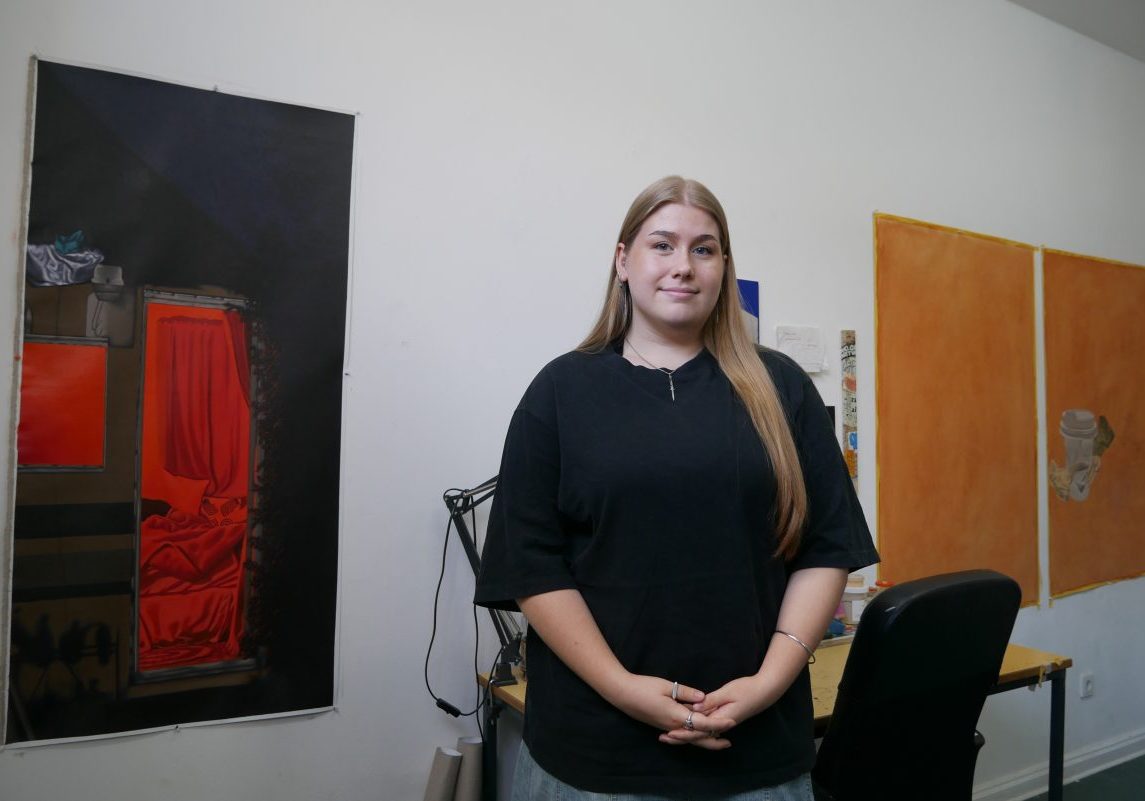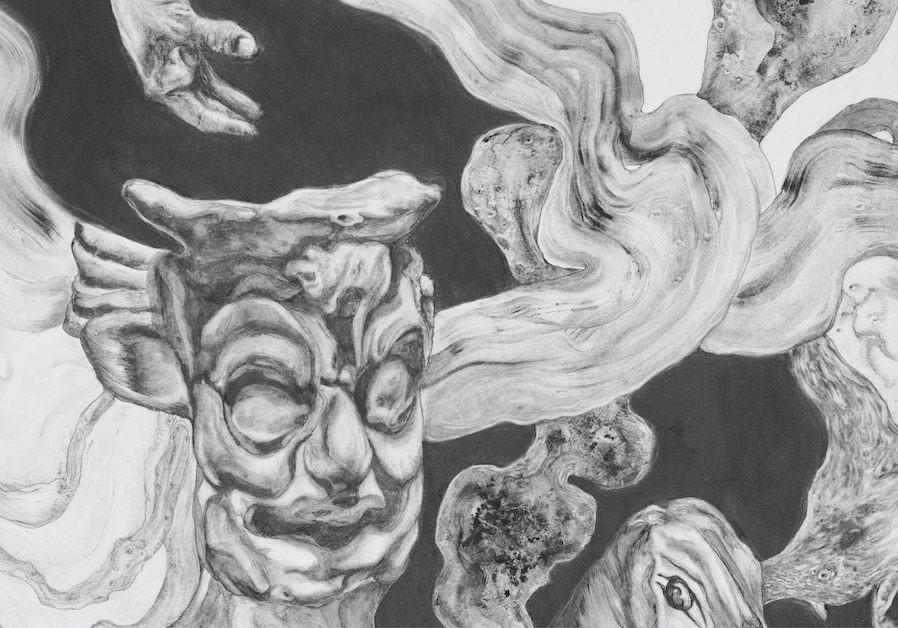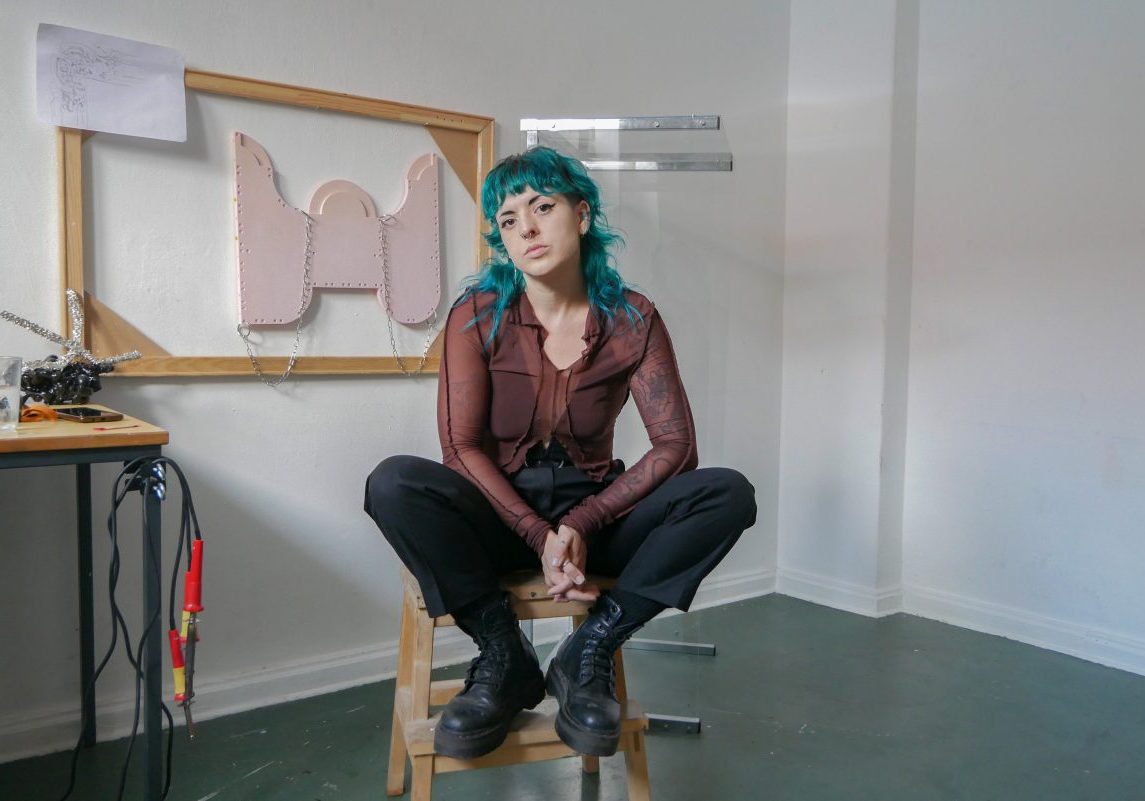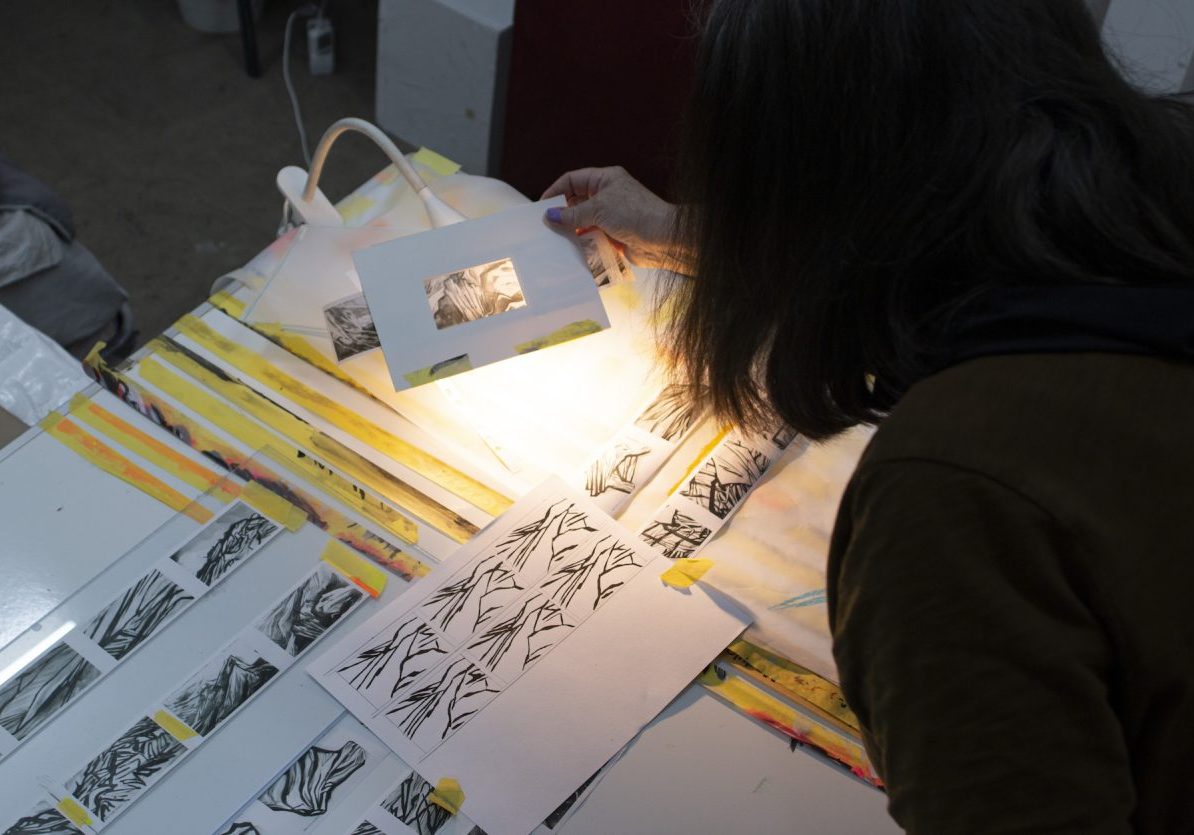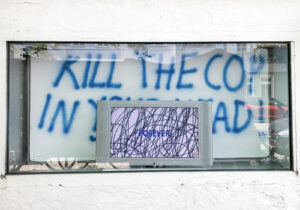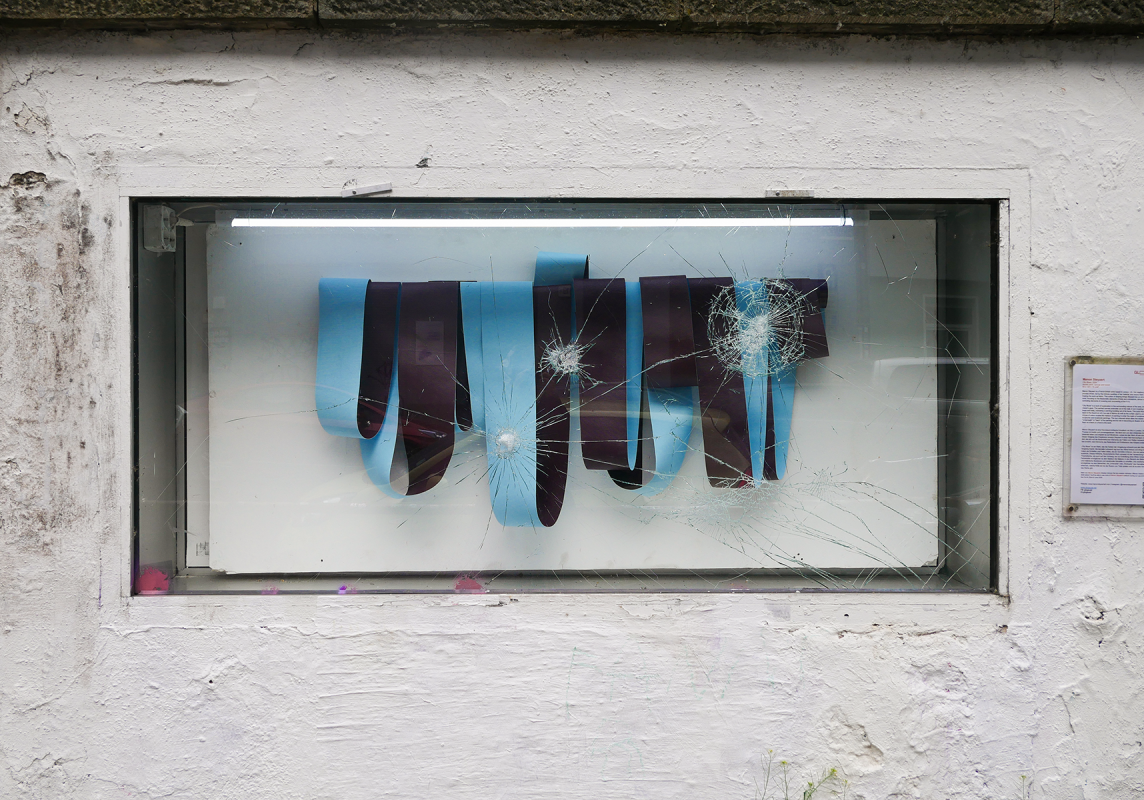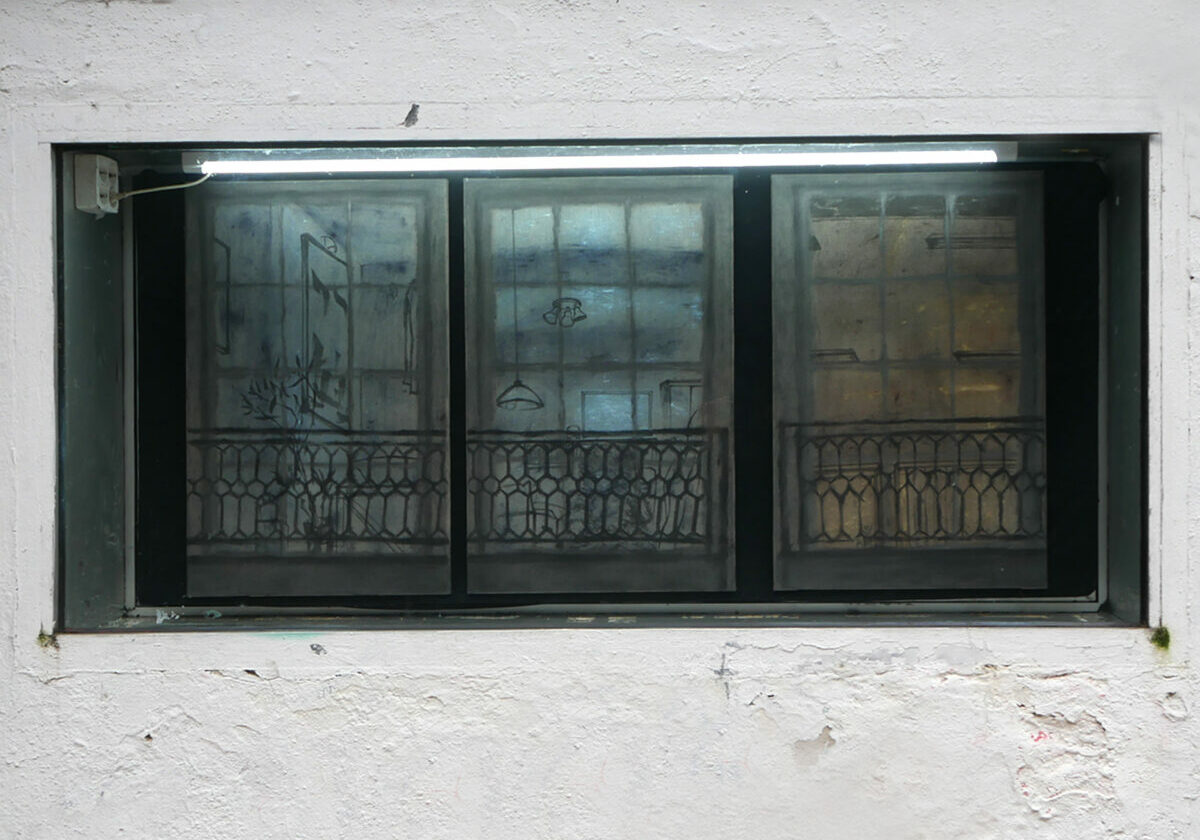Meet the Artist // Rage Kamiyama
Rage defines themselves as “gender-defying” and believe that diversity is the key for humans to survive. Each work by Rage is in a different style as they are experimenting with materials, but mainly they use digital, watercolour and acrylics, as well as zinemaking. Originally, Rage started as a manga artist and their style blends Osaka people’s unique sense of humor with British jokes.
Can you tell me a bit about your background?
I started as a comic artist and I’ve made several independent zines before. Then I worked as an English teacher and also as a manga teacher. I was able to do my work and focus on my side project as well make independent zines.
But I thought, making zines and focusing on my career as an artist is my priority. So I became a full-time artist this year. And this year I tried to experiment with acrylics and watercolor rather than focusing entirely on comics.
When I’m doing fine art, there are more opportunities to talk to other people such as gallery visitors and curators, whereas you only have interactions with editors when you draw comics.
I made several works for my solo exhibition, which was a small one, and several group exhibitions this year. Now, I’ve made it to Berlin so I think I’ve done quite a lot of things this year as an artist.
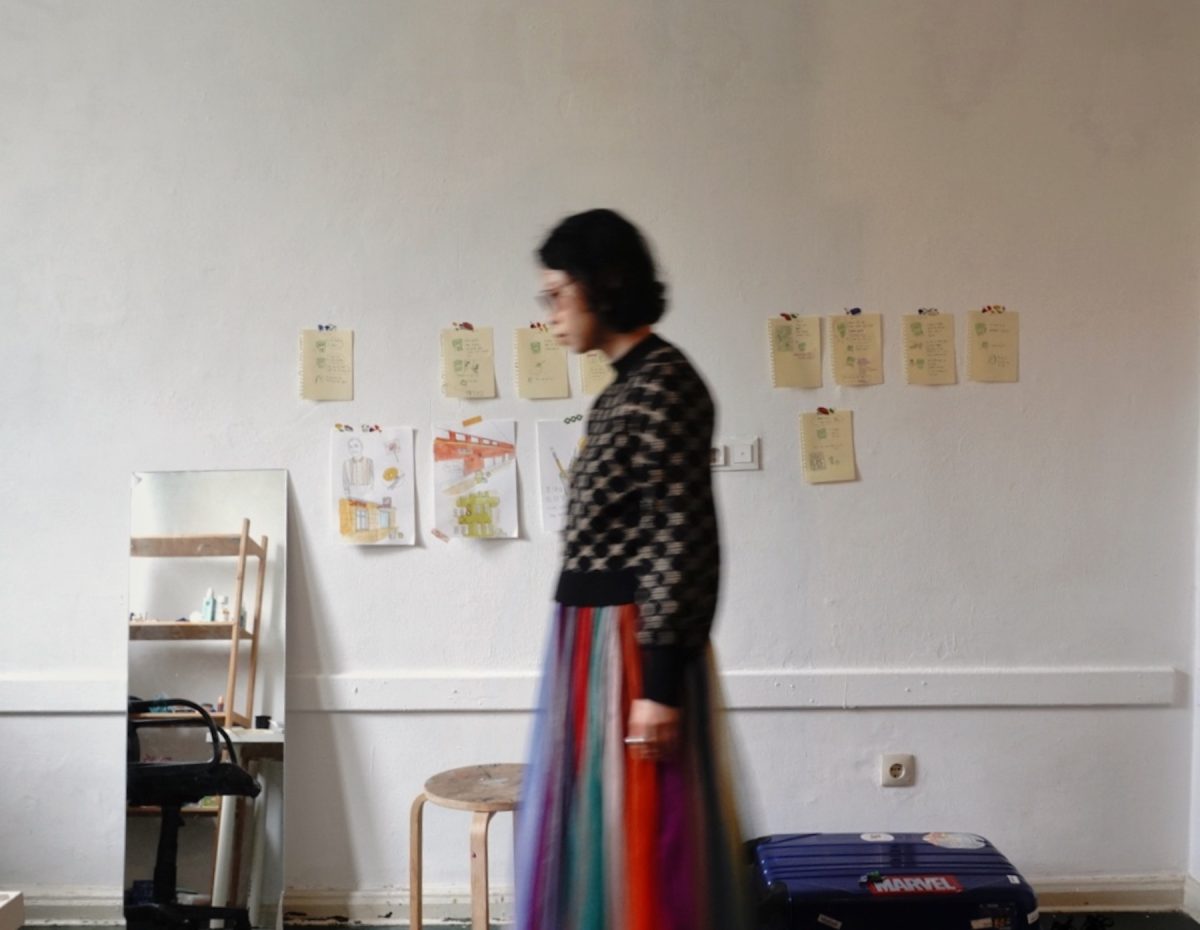
What are you working on during this three-month residency?
I’m already working on my comics zine to show during open studios.
Also I’m trying to make several acrylics and watercolor paintings, firstly to include in my zines and secondly to record what I’m doing in Berlin. It’s like taking notes on everything.
How is your art gender defying as opposed to a passive confrontation? How would you want your work to confront your audience?
I was thinking about that yesterday. My theme is partially based on my gender. Because gender should not be a burden to anyone, not to me either.
Inside my zine, I’m trying to express my opinion on how people should perceive their gender. As I wrote in my artist statement, the terms non-binary and gender-neutral sounds passive to me. It’s a way to avoid saying that I’m a woman or I’m a man. I don’t want to be a woman or a man, I just want to be me rather than anything else and I want to be remembered in that way, not as a girl or a boy.
I want to be remembered as Rage Kamiyama, as themself. My art has several inspiration sources and the disorientation that comes from gender is part of my theme. I don’t want to be tied to my chair with the concept of gender.
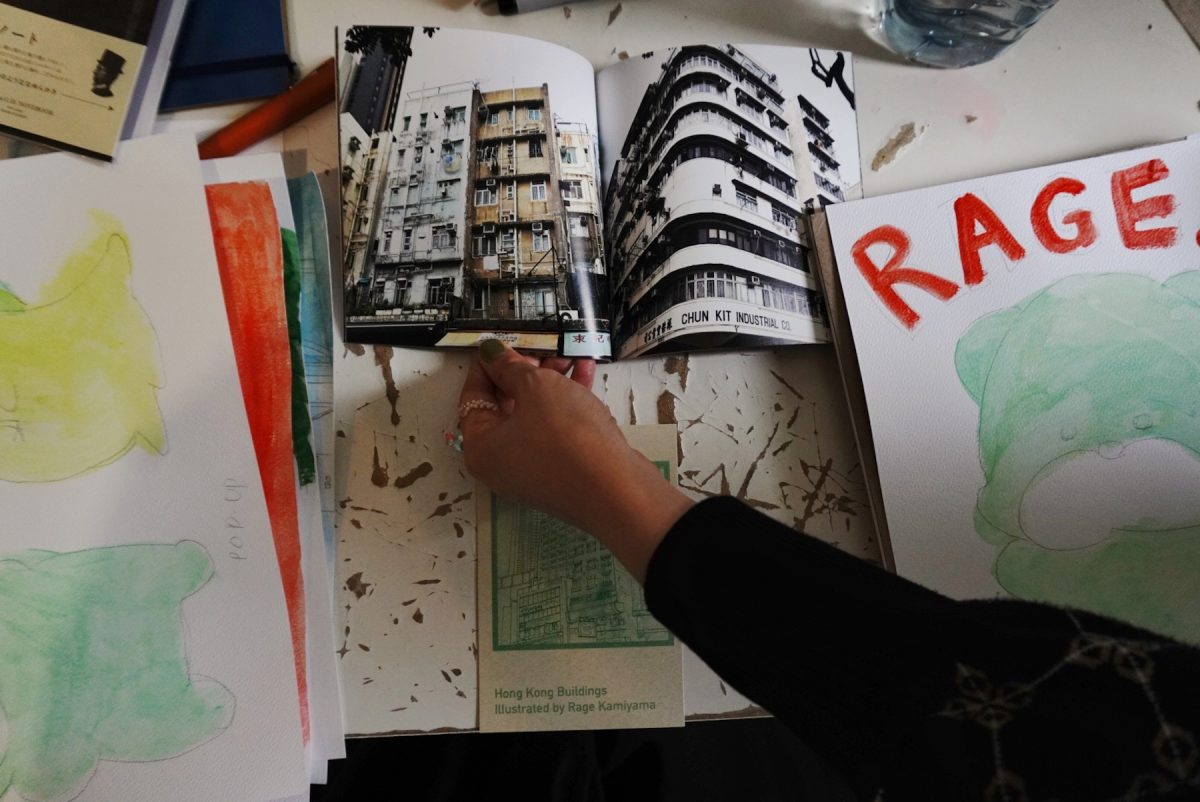
I know you’re talking about working with acrylics and watercolours, but I also know you do digital. What do you enjoy about working between analog digital mediums?
Digital is more convenient because if you go and work on it you can just send it to the publishers or printing service, whereas if you work on paper you have to scan it or take photographs and then make it into A4 to send. What is interesting with analog is that you can’t expect things to be perfect like your mind has imagined. Acrylics and watercolors can be interesting because you can’t get out the stains or wriggling lines. If you work on digital, you can just redo everything.
I like how acrylics and watercolors create an unexpected result. For comics I first draft my opinions on paper, because writing it out is easier for me to take information in. After that I try to order it to be more comprehensive, and then I make a digital draft and send it, redraw it, and send it to the printing service. But sometimes I draw something on paper, and I don’t like the outcome and then I redraw it digitally. An analog version is more experimental, whereas in digital I can express my opinions very clearly from the start.

I’d love to talk more about zine making because zine making has such a political, and even anarchist history to it. How has your relationship with zines developed?
I think in Japan there are quite a lot of zine making workshops and zine making festivals. In Japan it was related to Otaku activities because many geeks in Japan traditionally produced their own zines to express their opinions and what they found or what they felt…but in my case, I would like to look into its history as well.
I actually haven’t thought about the anarchist part of zines before because it’s quite a normal thing in Japan, but actually it is a very political way to express your opinions. I’m aiming to get into the publishing or manga industry, because in that way I can express my opinions to wider audiences.
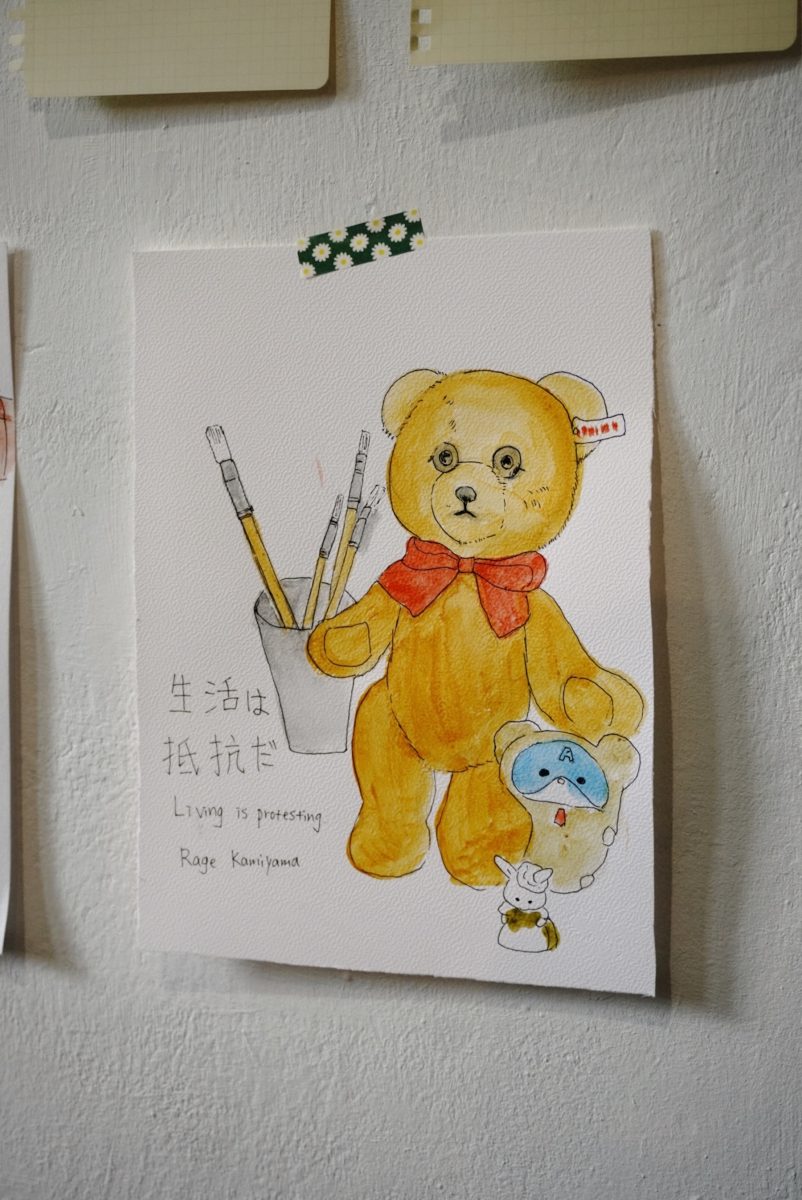
Interview Shay Rutkowski (@sruutrut)
Photos Yasemin Erguvan (@yaseminerguvan)


